Sourav Pan
Transcript
In 1969, Robert Harding Whittaker introduced a revolutionary system for classifying all living organisms.
Before Whittaker, biological classification was primarily based on a two-kingdom system, dividing life between plants and animals.
This system failed to account for microorganisms, fungi, and many unique lifeforms that didn’t fit neatly into the plant or animal categories.
Whittaker expanded biological classification to five distinct kingdoms: Monera, Protista, Fungi, Plantae, and Animalia.
Whittaker’s system was based on three key criteria: cell structure, body organization, and mode of nutrition.
Each kingdom is classified according to distinct characteristics of cell structure, organizational complexity, and nutritional strategy.
Monera consists of prokaryotic unicellular organisms like bacteria. Protista includes mostly unicellular eukaryotes. Fungi are primarily decomposers with a unique absorptive nutrition. Plantae are multicellular photosynthetic organisms. And Animalia includes heterotrophic multicellular organisms that ingest their food.
Whittaker’s classification system represented a significant advancement in biological taxonomy. It recognized the diversity of microorganisms, established fungi as a separate kingdom, and laid the groundwork for our modern understanding of evolutionary relationships.
While later advancements in molecular biology would further refine our understanding of biological relationships, Whittaker’s five kingdom classification remains a foundational framework that revolutionized how we organize and understand the diversity of life.
Kingdom Monera consists of all prokaryotic organisms, including bacteria and archaea.
These are single-celled organisms without a true nucleus or membrane-bound organelles.
Unlike other cells in other kingdoms, prokaryotic cells have a simple structure.
Their cell walls typically contain peptidoglycan, which gives them structural rigidity.
Instead of a true nucleus, they have a nucleoid region where their DNA is located.
Their DNA is circular, unlike the linear chromosomes found in eukaryotes.
Ribosomes are present for protein synthesis, but they are not attached to any membrane systems.
Many bacteria have flagella for movement, allowing them to move toward nutrients or away from harmful substances.
Monerans exhibit diverse nutritional modes, allowing them to thrive in virtually every environment on Earth.
Photosynthetic bacteria, like cyanobacteria, use light energy to produce their own food, similar to plants.
Chemosynthetic bacteria derive energy from inorganic chemical reactions, often in extreme environments like deep-sea vents.
Heterotrophic bacteria, such as E. coli, obtain energy by consuming organic matter from their surroundings.
Let’s explore some representative examples of Kingdom Monera.
Cyanobacteria, formerly known as blue-green algae, are photosynthetic bacteria that produce oxygen and are essential to Earth’s early atmosphere development.
Escherichia coli, or E. coli, are common bacteria found in the intestines of humans and animals. While some strains are harmful, most are beneficial.
Archaebacteria represent an ancient lineage of prokaryotes that often inhabit extreme environments, such as hot springs, salt lakes, and deep-sea vents.
Monerans play crucial ecological roles in every ecosystem on Earth.
As decomposers, bacteria break down dead organic matter and recycle nutrients, making them available for other organisms.
Certain bacteria can fix atmospheric nitrogen into forms that plants can use, which is essential for plant growth and agriculture.
In summary, Kingdom Monera comprises prokaryotic organisms with a relatively simple cellular structure, but they display incredible diversity in their metabolic abilities and ecological roles.
Kingdom Animalia comprises multicellular eukaryotic organisms that lack cell walls and consume other organisms for nutrition.
Animals have several distinctive characteristics that set them apart from other kingdoms.
Animal cells have a distinctive structure. They possess a flexible cell membrane but lack the rigid cell wall found in plant cells.
Like other eukaryotes, animal cells contain a nucleus that houses genetic material and various organelles like mitochondria that perform specialized functions.
Animals are heterotrophs, obtaining nutrients by consuming and digesting other organisms.
The digestive system is specialized for processing food. The process begins with ingestion through the mouth.
Food passes through the digestive tract where it’s physically and chemically broken down in the stomach.
Finally, nutrients are absorbed in the intestines, and waste products are eliminated from the body.
Animals have complex tissue organization, with cells arranged into specialized functional layers.
Four primary tissue types are found in animals: epithelial tissue forms protective barriers, connective tissue provides structural support, muscle tissue enables movement, and nervous tissue transmits signals.
These tissues combine to form specialized organs and organ systems that perform specific functions in the animal body.
Animals exhibit remarkable diversity, ranging from simple organisms to highly complex forms.
The simplest animals are sponges, belonging to phylum Porifera. They lack true tissues and organs but have specialized cells.
Cnidarians, like jellyfish, have radial symmetry and tentacles with stinging cells.
Arthropods, including insects and crustaceans, have segmented bodies, exoskeletons, and jointed appendages. They are the most diverse animal group.
Vertebrates, such as fish, amphibians, reptiles, birds, and mammals, have a backbone and the most complex organ systems.
Animals have evolved diverse adaptations for movement, sensing their environment, and surviving in various habitats.
Movement adaptations include fins and tails for swimming, wings for flying, and specialized limbs for running or crawling.
Sensory adaptations allow animals to perceive their environment, with specialized structures for vision, hearing, smell, and touch.
Environmental adaptations help animals survive in specific habitats, including camouflage, thermoregulation mechanisms, water conservation, and seasonal behaviors like hibernation or migration.
Whittaker’s Five Kingdom Classification System offers several significant advantages over previous systems.
First, it recognizes the fundamental differences between prokaryotes and eukaryotes. This distinction acknowledges the major evolutionary leap from simple cells to complex ones with membrane-bound organelles.
Second, it acknowledges fungi as a distinct kingdom separate from plants. Previous systems classified fungi as plants, but Whittaker recognized their unique characteristics, including their absorptive nutrition and chitin cell walls.
Third, Whittaker’s system uses multiple criteria for classification, including cell structure, body organization, and mode of nutrition. This multi-factor approach leads to more accurate and natural groupings of organisms.
Fourth, Whittaker’s system better reflects natural evolutionary relationships between organisms than previous systems. By considering fundamental biological characteristics, it groups organisms that share common evolutionary history.
Finally, Whittaker’s system provides practical utility for organizing biological diversity in a comprehensible framework. This organization facilitates both education and research by creating logical groupings that help scientists and students understand relationships between organisms.
In summary, Whittaker’s Five Kingdom Classification System offered significant improvements over previous systems by recognizing fundamental biological differences, using multiple criteria, and providing a practical framework that better reflected evolutionary relationships.
Modern classification systems have evolved dramatically with advances in scientific knowledge.
The most significant change has been the use of molecular and genetic data for taxonomy. DNA sequencing, protein comparison, and gene expression analysis provide deeper insights into evolutionary relationships.
These molecular insights led to the three-domain system proposed by Carl Woese, which divides life into Bacteria, Archaea, and Eukarya. This system recognized that some prokaryotes, the Archaea, are as different from bacteria as they are from eukaryotes.
Modern classification also employs cladistics, which uses shared derived characteristics to create phylogenetic trees that represent evolutionary relationships. These trees show how species diverged from common ancestors, providing a more accurate picture of biodiversity.
It’s important to recognize that classification systems are scientific models that change as our understanding improves. While Whittaker’s five-kingdom system has been largely superseded, it remains historically important and continues to be taught as a foundational concept in biology.
Study Materials
Whittaker's Five Kingdom Classification - Criteria, Advantages and Limitations
Helpful: 0%
Related Videos
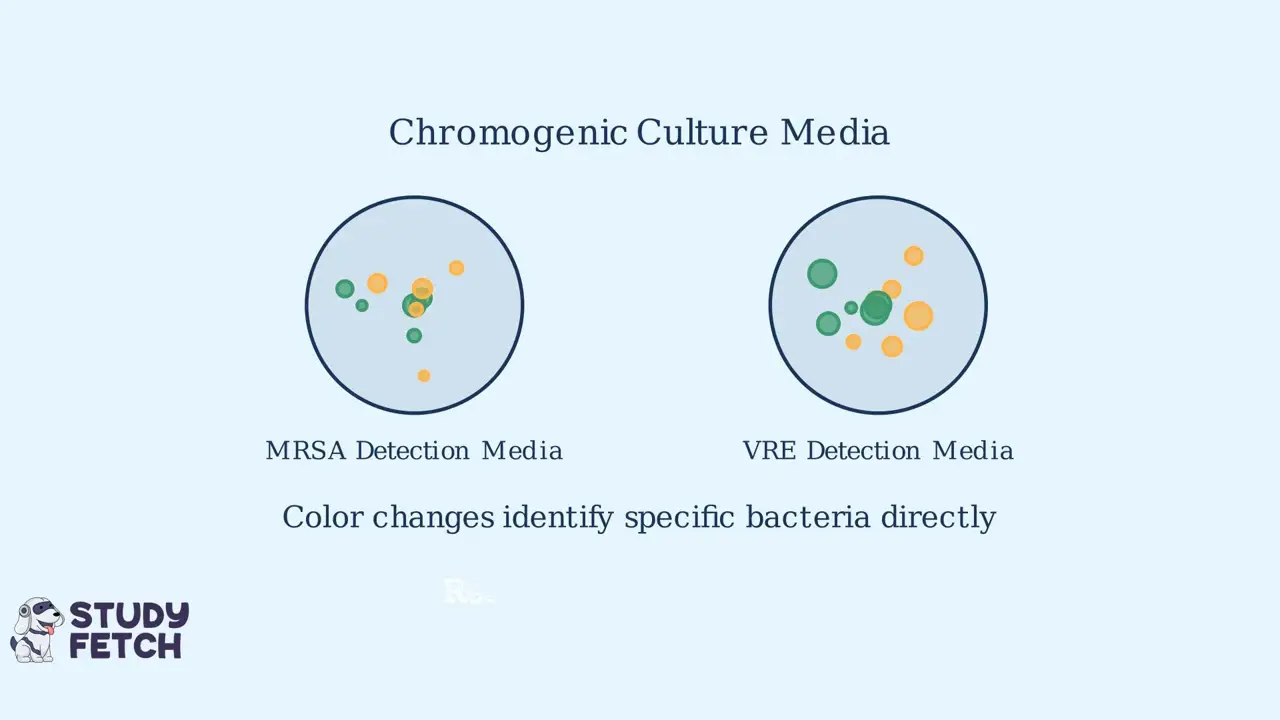
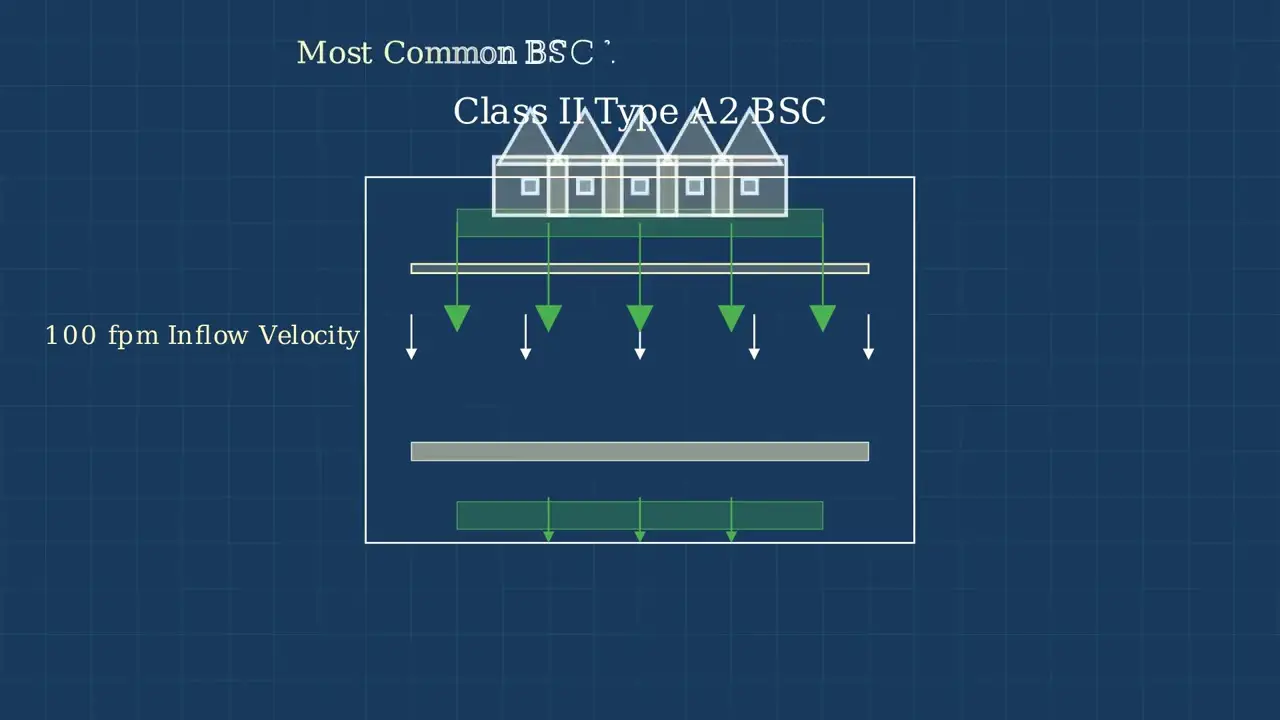
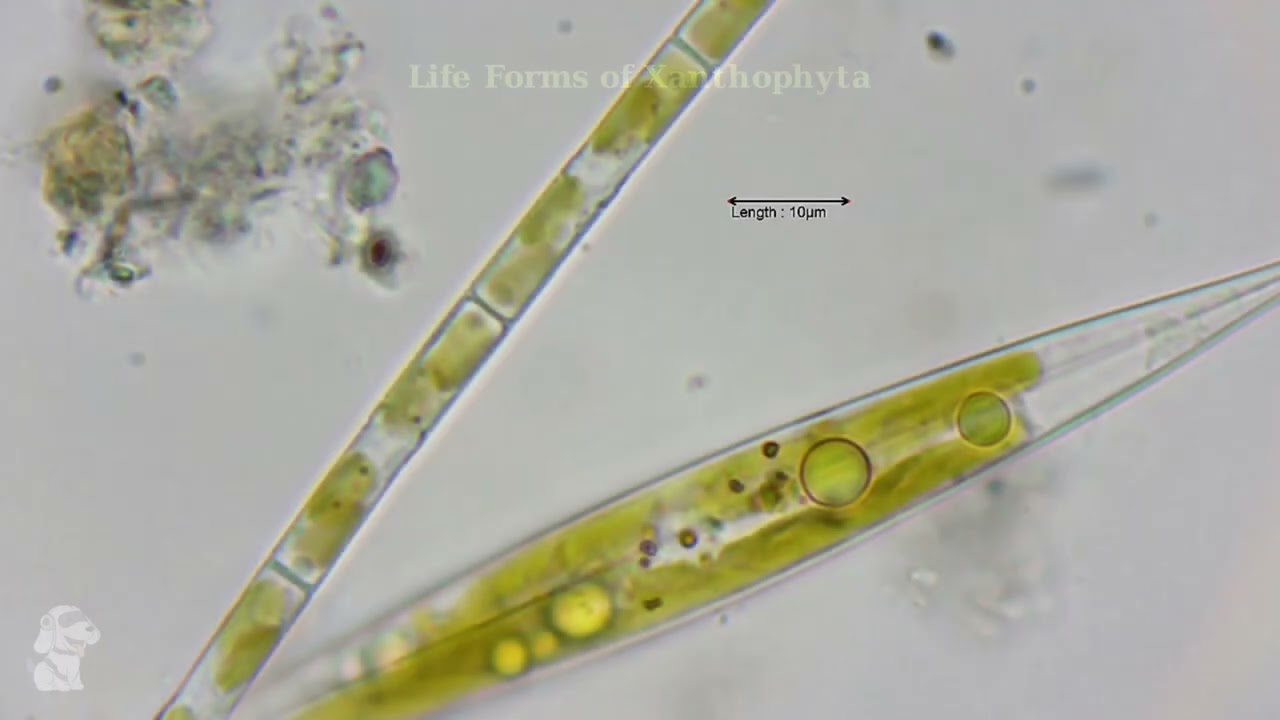
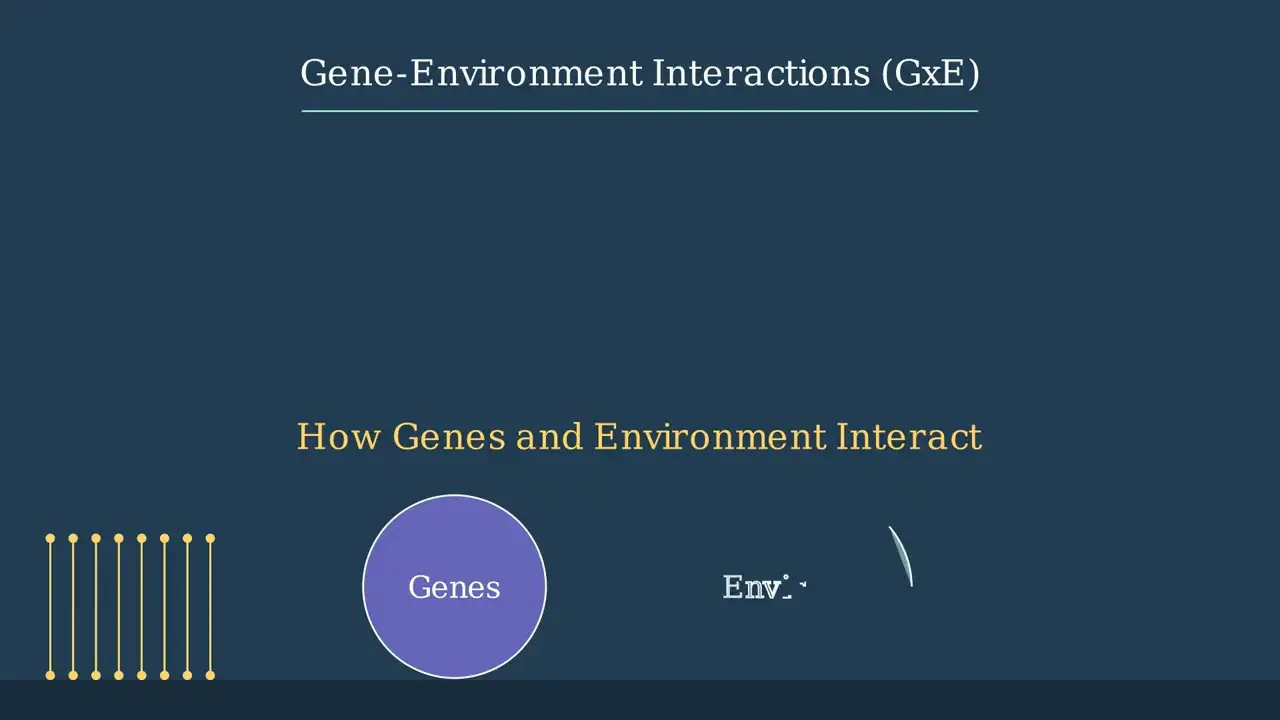
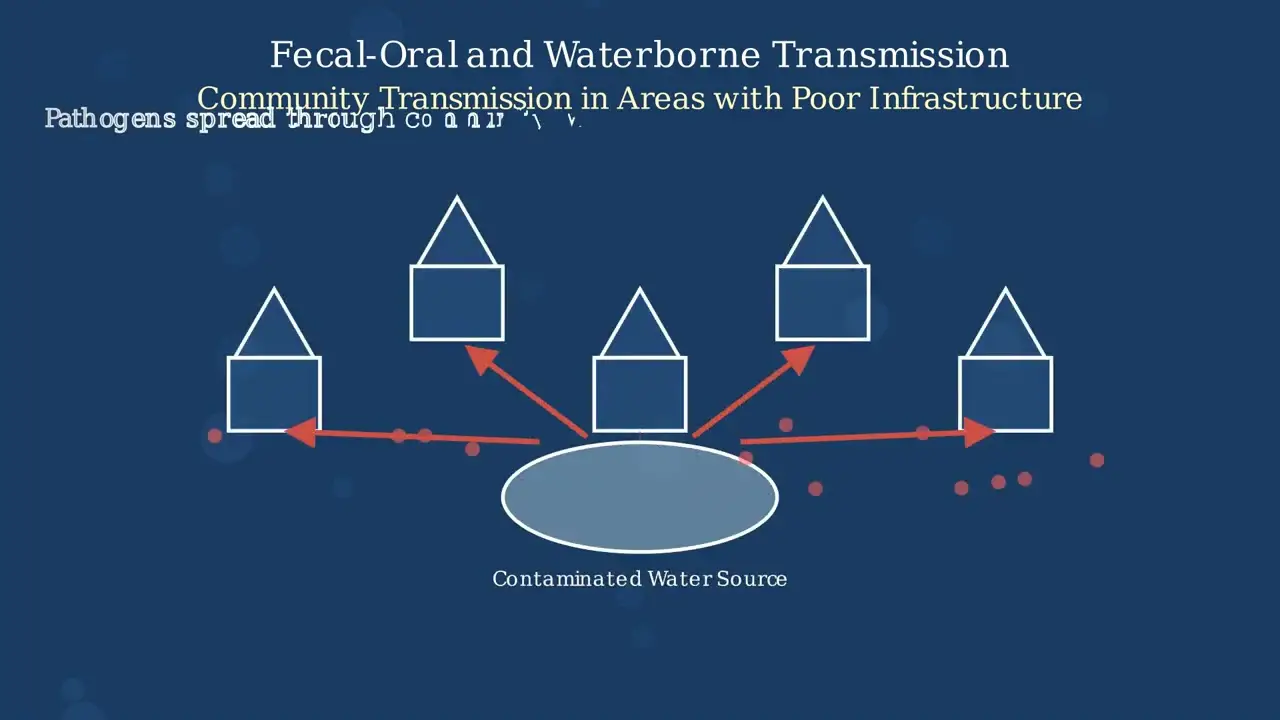
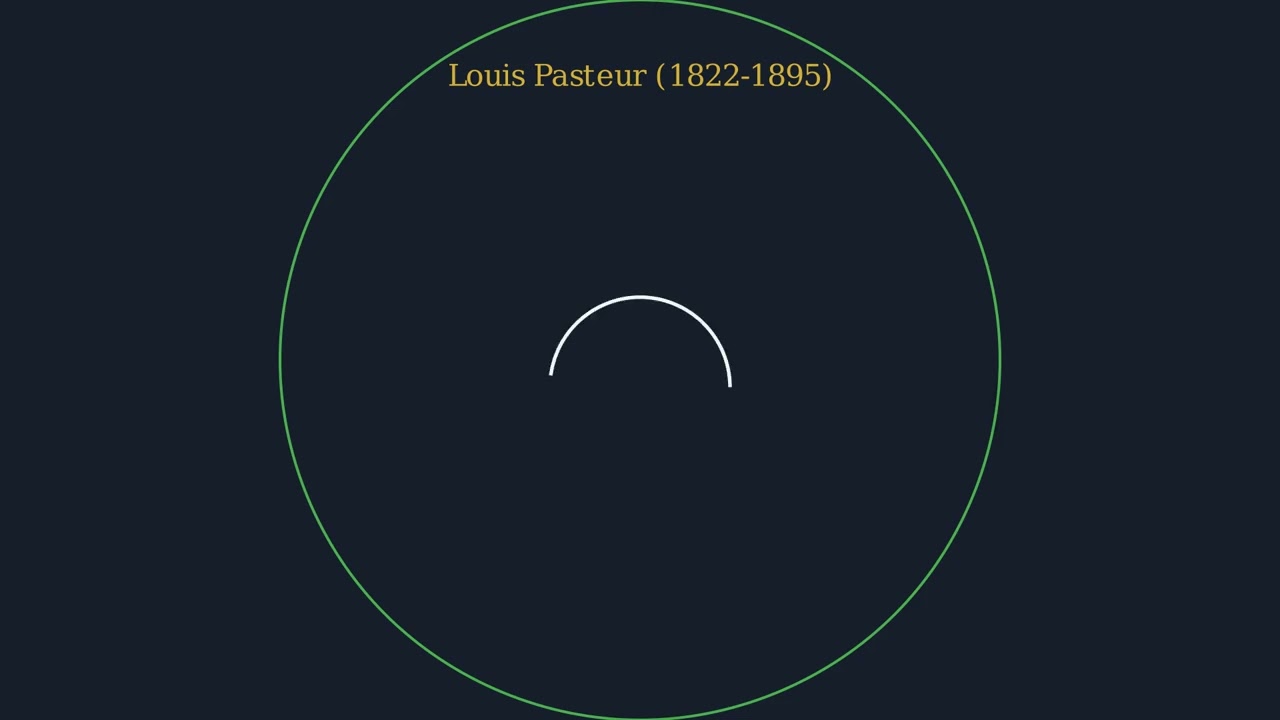
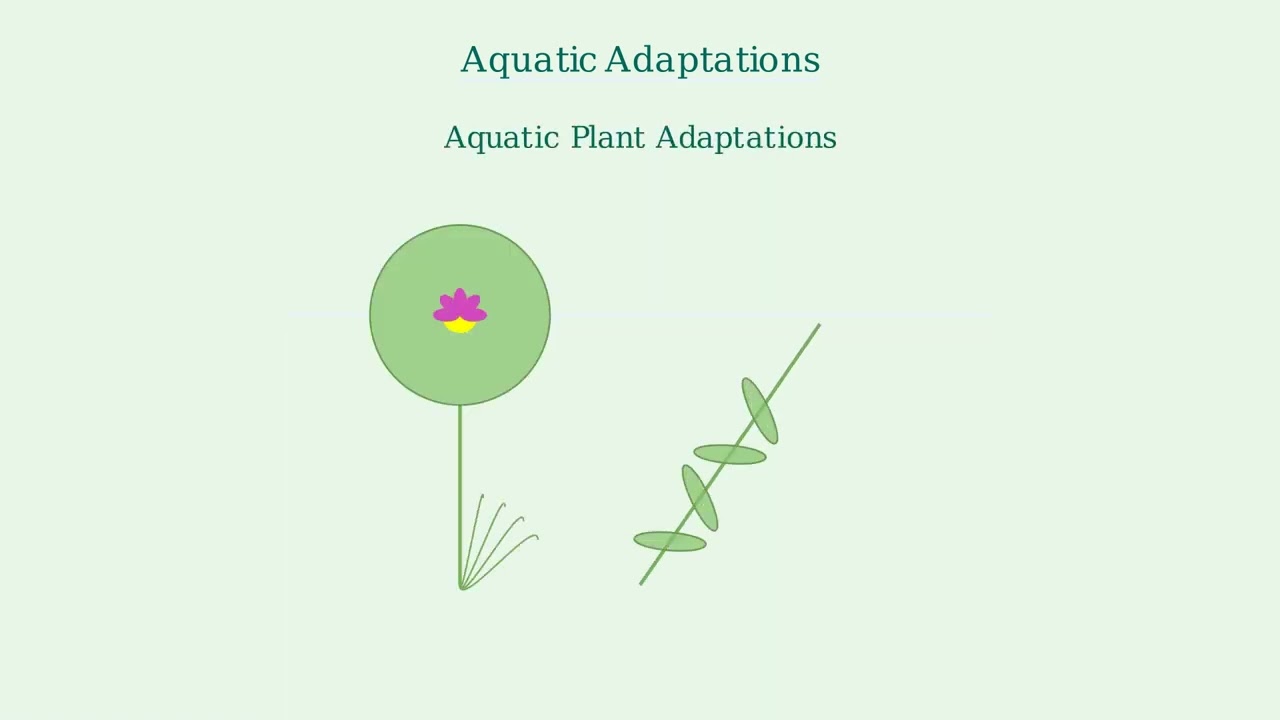
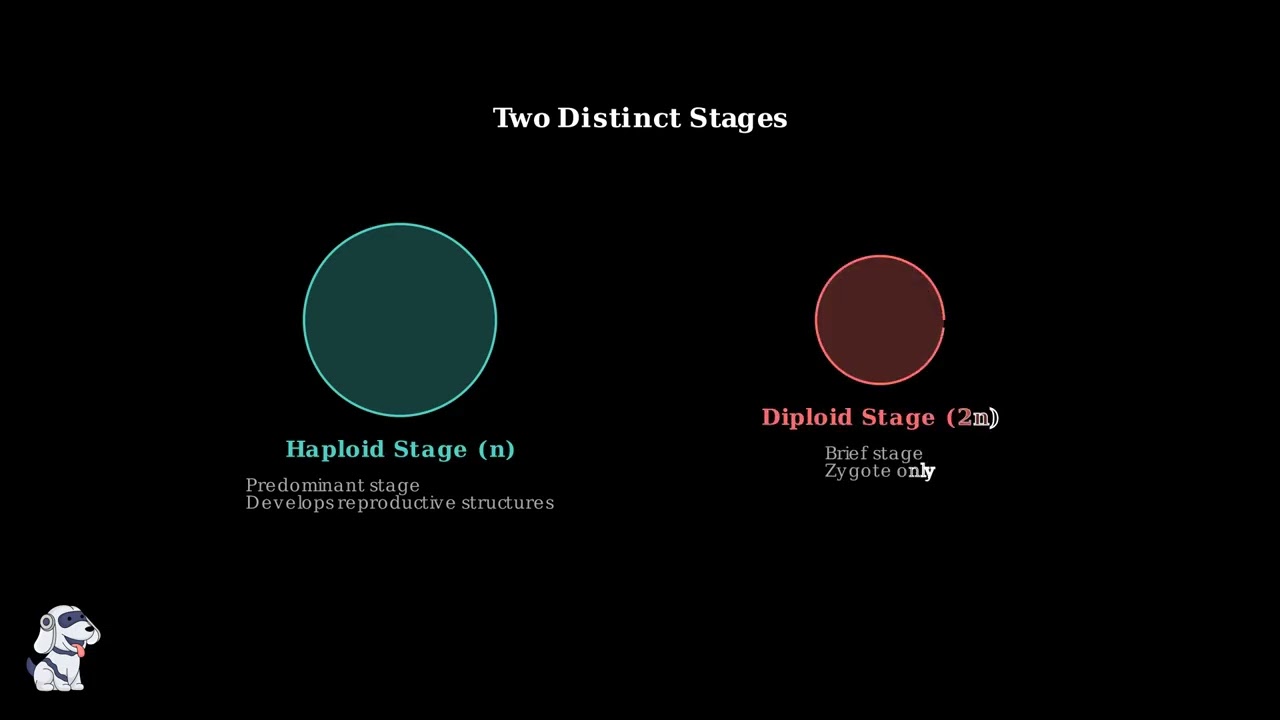
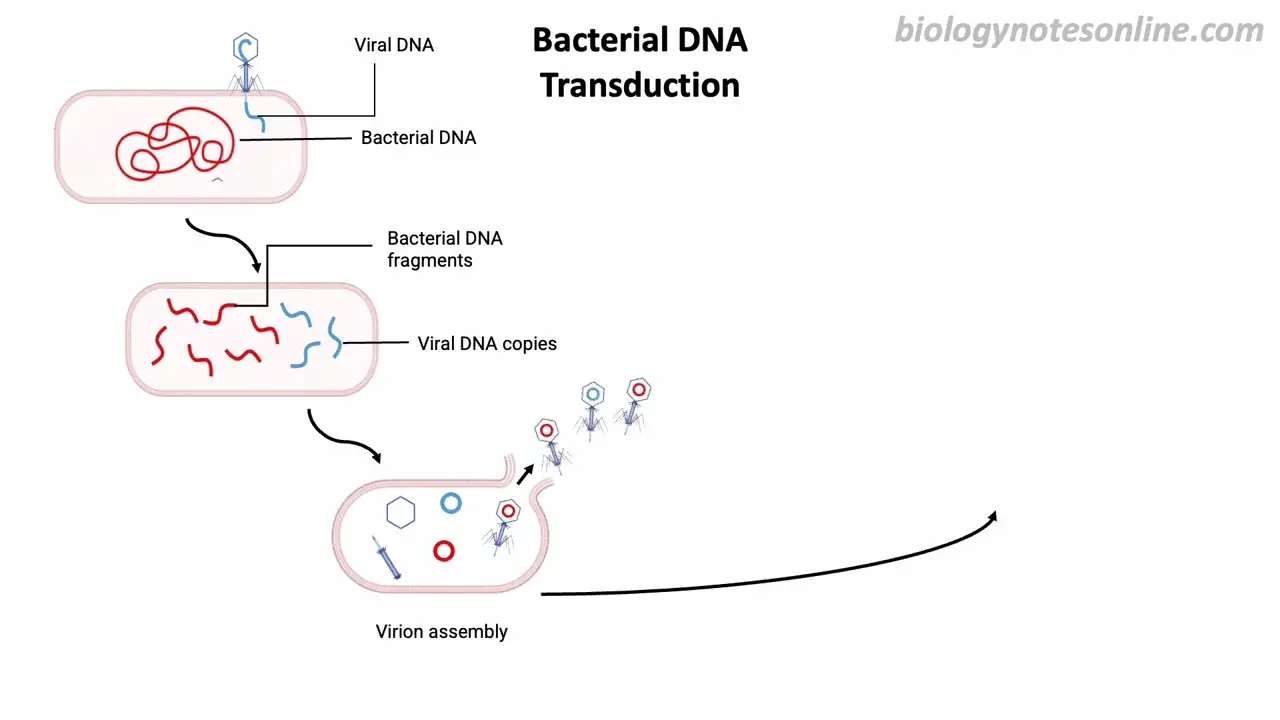
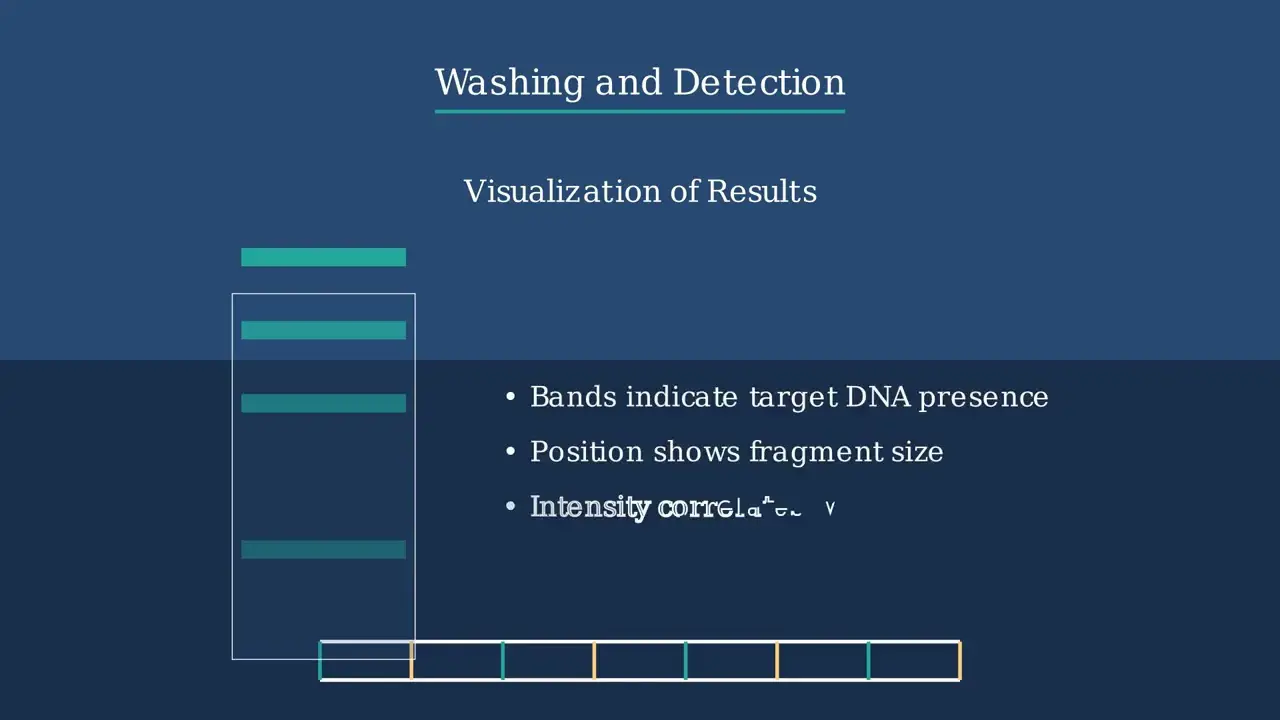
- Text Highlighting: Select any text in the post content to highlight it
- Text Annotation: Select text and add comments with annotations
- Comment Management: Edit or delete your own comments
- Highlight Management: Remove your own highlights
How to use: Simply select any text in the post content above, and you'll see annotation options. Login here or create an account to get started.